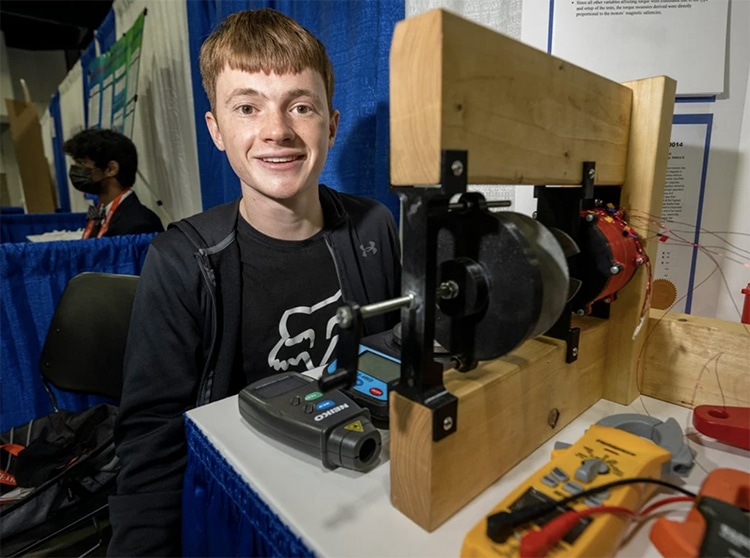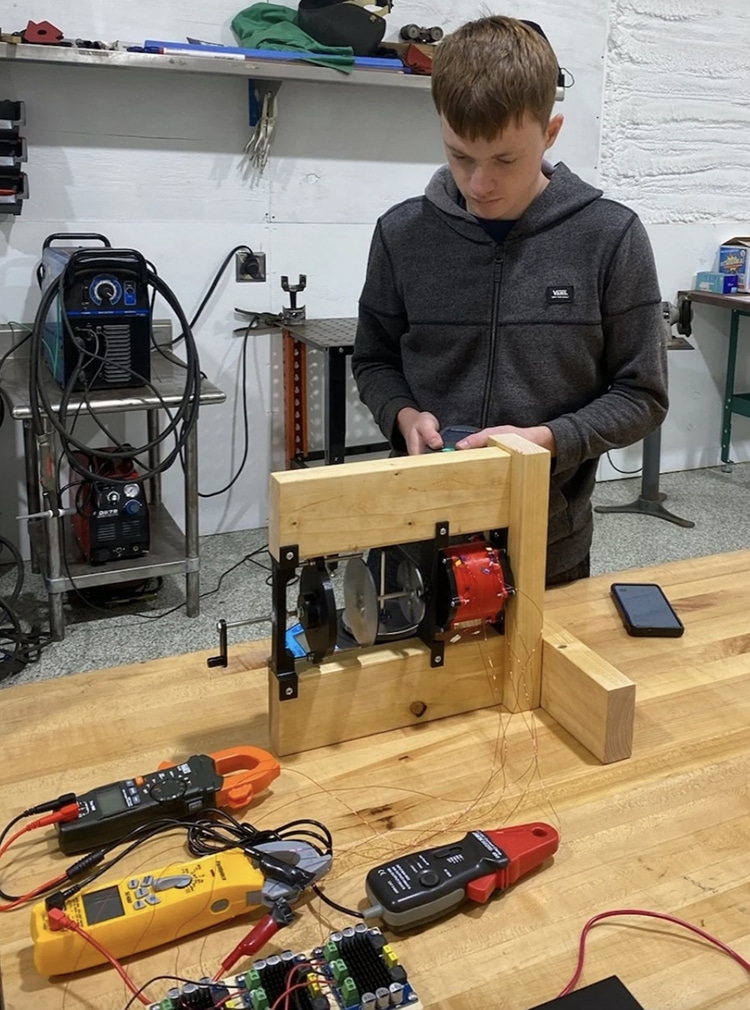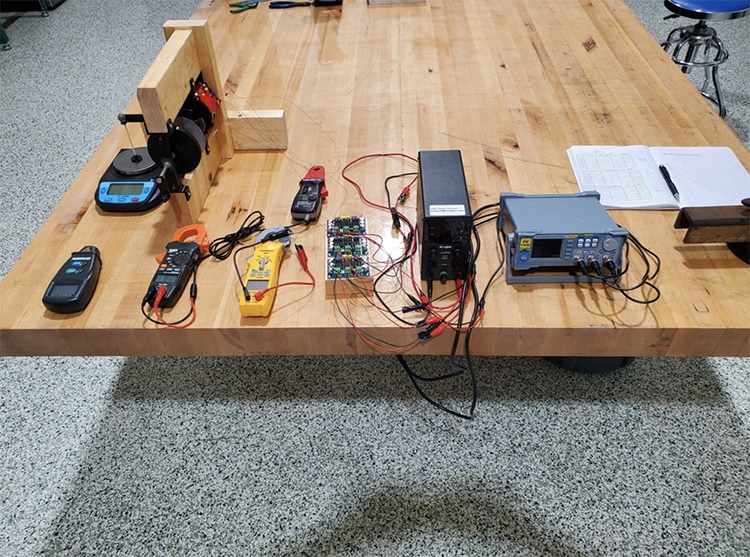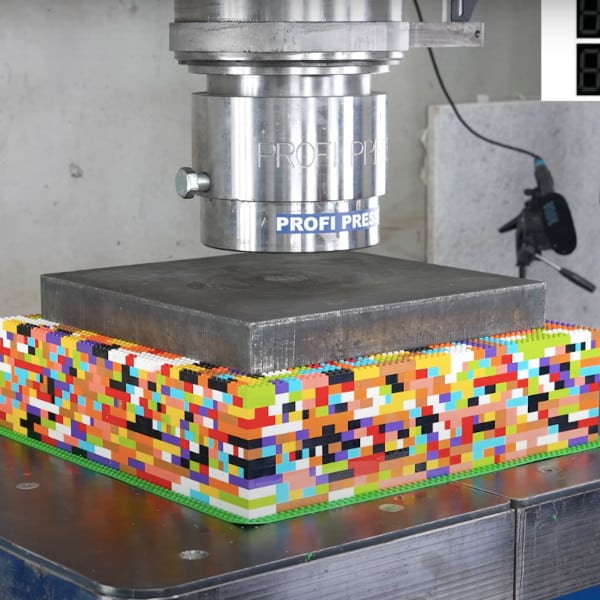
Photo: Society for Science
Electric cars are helping us forge a more eco-friendly future. However, one environmental and design barrier to truly easy, sustainable-to-produce cars is the motors. Most electric vehicle (EV) motors use rare-earth elements in their internal magnets which generate the required torque to power the motor. These elements—including neodymium, samarium, and dysprosium—are very expensive and their mining is detrimental to the environment. Avoiding this pitfall and advancing EV motors all at the same time, 17-year-old Robert Sansone has created a revolutionary synchronous reluctance motor that produces unprecedented torque.
The talented teen is not new to inventing: he estimates he has completed at least 60 engineering projects so far. As a high school senior at Fort Pierce Central High School in Florida, he was offered the opportunity to work on a complex year-long research project through a class. He focused on solving the problem of electric vehicle motors. “I have a natural interest in electric motors,” Sansone said, who had used them in other projects. “With that sustainability issue, I wanted to tackle it, and try and design a different motor.”
Using 3-D printed plastic, copper wires, and a steel rotor, the teen designed a new sort of prototype synchronous reluctance motor. These motors typically power smaller items like fans, as they lack the torque and power to move larger objects such as EVs. While a traditional EV motor uses electromagnetic fields to spin the motor, a synchronous reluctance motor uses a steel rotor with air gaps within a rotating magnetic field. The reluctance—or magnetism—of the steel rotor generates torque.
Sansone, however, chose to use a second magnetic field. As a result, his motor has a higher saliency ratio and therefore more torque. The inventor cannot disclose more details, as he hopes to patent his design after further prototypes. Sansone told Smithsonian Magazine, “I don’t have tons of resources for making very advanced motors, and so I had to make a smaller version—a scale model—using a 3-D printer.” He added, “I didn't have a mentor to help me, really, so each time a motor failed, I had to do tons of research and try and troubleshoot what went wrong. But eventually on the 15th motor, I was able to get a working prototype.”
While Sansone's invention is still a ways away from being incorporated into an EV, the design was innovative and successful enough to garner national attention. The senior won first prize—a whopping $75,000 for college—in the Regeneron International Science and Engineering Fair (ISEF), a prestigious high school science competition. His presentation on his “novel” design won him first place. Sansone hopes to use his prize money to pursue his mechanical engineering genius at the Massachusetts Institute of Technology, his dream school. One can only imagine what revolutionary inventions he will create next.
17-year-old high school senior Robert Sansone won first prize in the prestigious Regeneron International Science and Engineering Fair.

Sansone’s motor performed very well in tests. (Photo: Robert Sansone)
He designed a revolutionary synchronous reluctance motor that outperforms competitors.

The experimental set up. (Photo: Robert Sansone)
Learn more about the teen's engineering triumph below.
h/t: [Smithsonian Magazine]
Related Articles:
This NASA Astronaut Will Become the First Native American Woman in Space
Spectacular Gigantic Jets of Upside-Down Lightning Are Being Studied by Scientists
Researchers Discover World’s Oldest Water in a Mine Nearly 2 Miles Underground
Researchers at the University of Cambridge Use Algae to Power a Computer






















































































